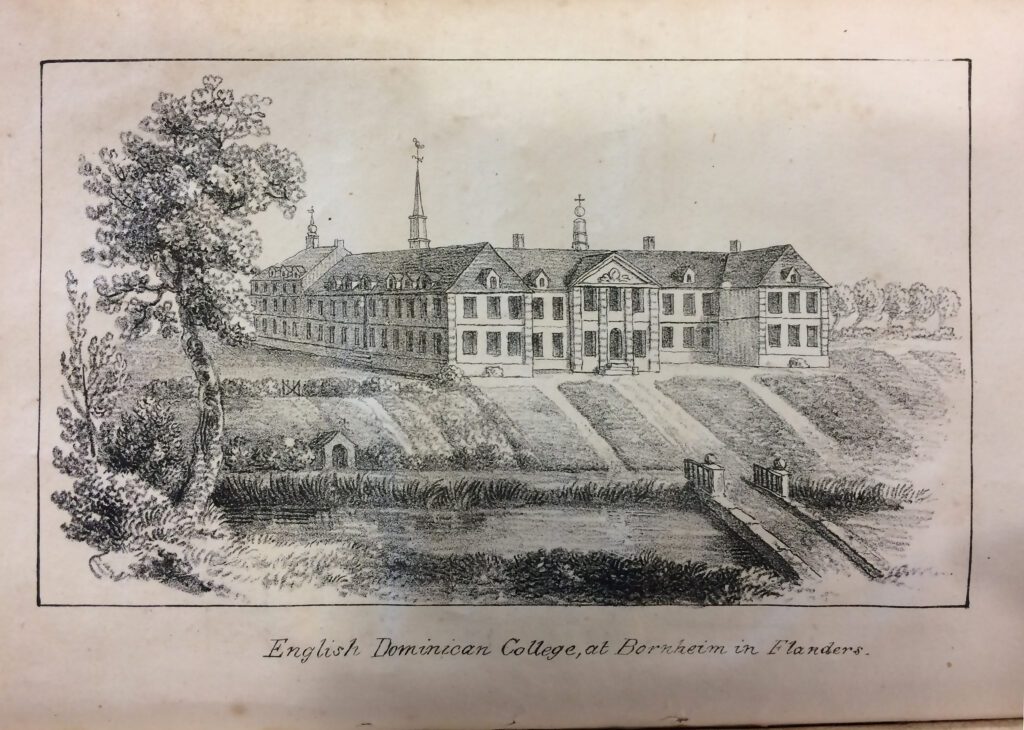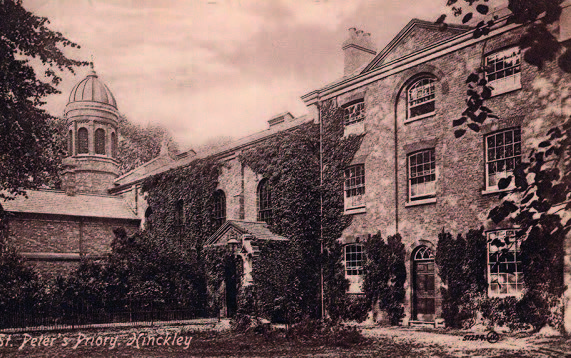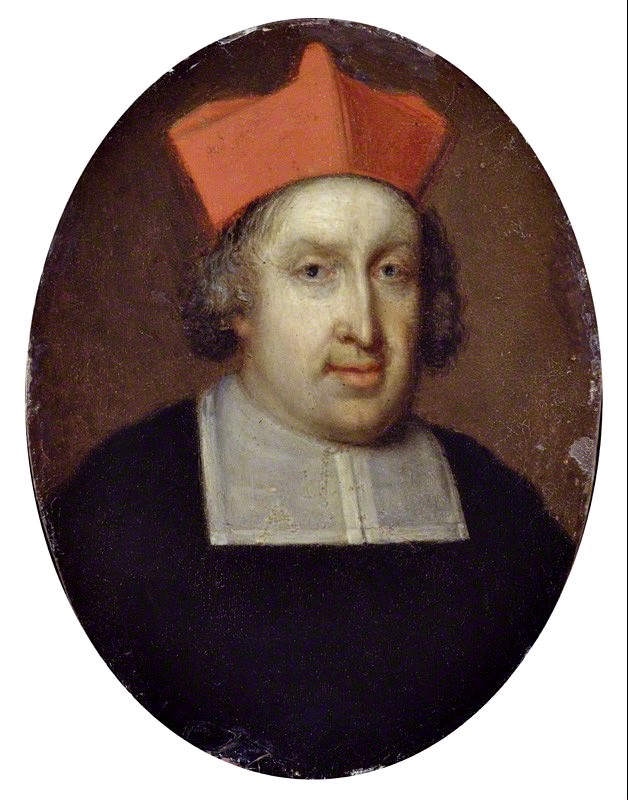History 5: Exile

Solitary Missionaries
For over a century, the devastated English Dominican Province had no real existence, though a handful or more men found their way at different times to Dominican houses in Europe where they joined the Order.
A few brave souls returned to England where they undertook discreet missionary work in the same way as the Jesuits and diocesan clergy: serving as chaplains in recusant houses, and ministering to Catholics in several rural pockets of England.


Thomas Howard: Protector of English and Scottish Catholics
Philip Thomas Howard entered the Dominican order aged sixteen without his parent’s knowledge or permission.
In 1655, three years after his ordination to the priesthood, Howard travelled to Brussels where he enlisted the aid of the Flemish Dominicans in identifying a house he could acquire for the use of English Dominican friars. He settled on a small monastery at Bornhem in the Low Countries. This would serve as a focus, a hearth and home for English Dominicans for the next 140 years, from where they might be sent on the English mission, and to which some might return in their old age.
Howard didn’t stop there; he also founded a convent of Dominican nuns, located first at Vilvorde, but which soon moved to Brussels and which several of his female relatives would join. He oversaw a process by which English friars could once again be considered members of an English Vicariate and eventually a Province.
Effectively exiled from England in 1674 by anti-Catholic prejudice, Howard moved to Rome in 1675 on being made a Cardinal, and became Protector of English and Scottish Catholics in 1679.
In Rome, Howard secured for the English vicariate the Roman convent of Ss. John and Paul on the Caelian hill. This would be a place where friars could come to study, and where young men visiting Rome, or training for the secular priesthood there, might be induced to join the friars.
At Howard’s death, the restored English Dominican Province numbered some thirty friars and some a little under twenty nuns. Drawing on his family wealth, and on his many social connections, he had put the physical and other institutional elements in place that enabled the Province to be re-established and slowly grow in numbers.

